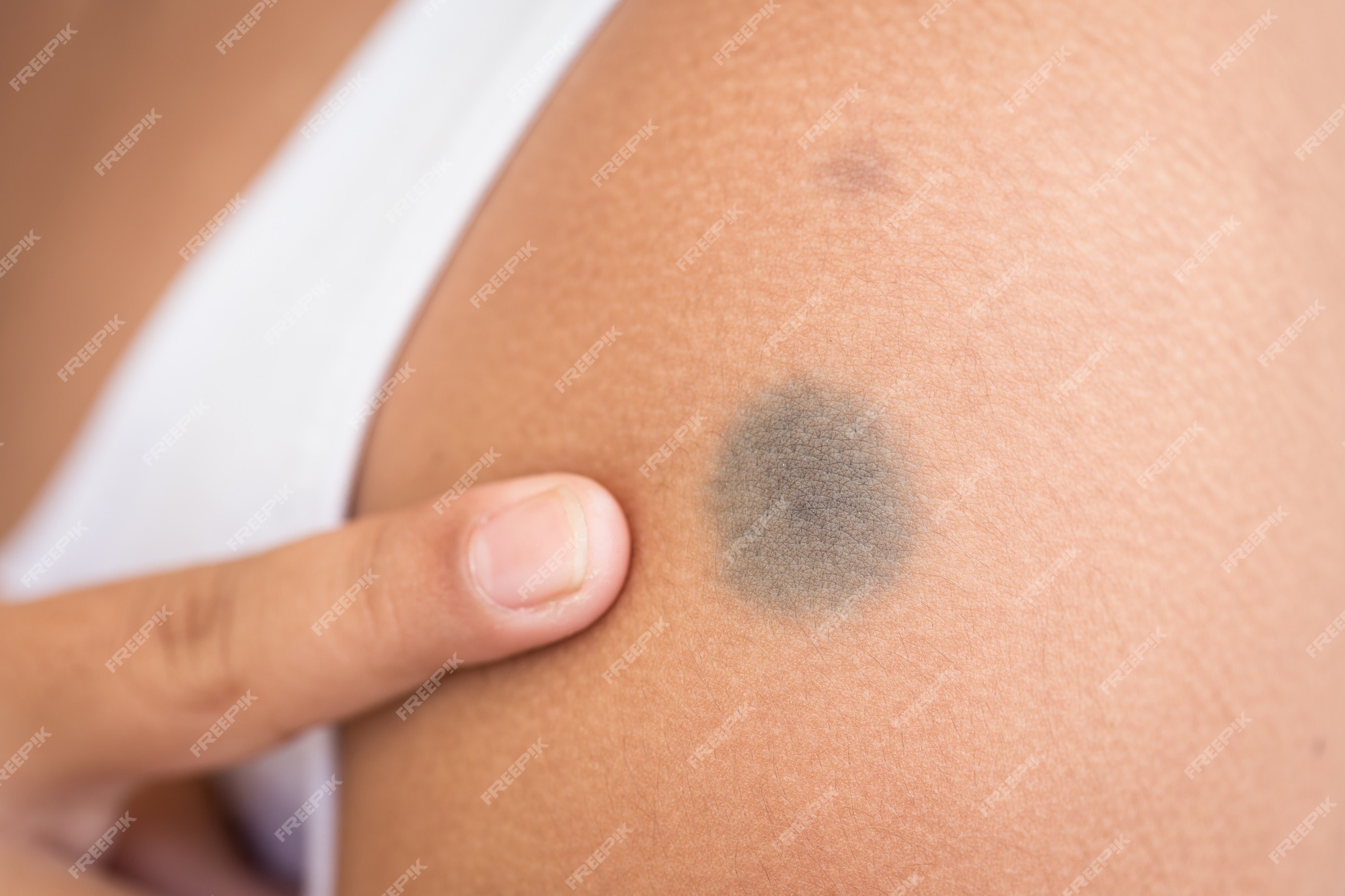
Birthmarks are common skin abnormalities that are often present at birth or appear shortly afterward. They can vary in size, shape, and color and can be found anywhere on the body. While birthmarks are usually harmless, they can be a cause for concern, especially if they change in size, shape, or color. In this article, we will explore the science behind birthmarks, including how they form and what causes them.
What Are Birthmarks?
Birthmarks are skin abnormalities that occur in approximately 10% of infants. They can be present at birth or appear shortly afterward and can vary in size, shape, and color. Birthmarks are usually harmless and do not require treatment, but they can be a cause for concern if they change in size, shape, or color.
Types of Birthmarks
There are two main types of birthmarks: pigmented birthmarks and vascular birthmarks.
Pigmented birthmarks are caused by an overgrowth of cells that produce pigment in the skin. They can be flat or raised and can vary in color from light brown to black. Examples of pigmented birthmarks include café-au-lait spots and moles.
Vascular birthmarks, on the other hand, are caused by an abnormal growth of blood vessels in the skin. They can be red, pink, purple, or blue and can be flat or raised. Examples of vascular birthmarks include port-wine stains and hemangiomas.
How Do Birthmarks Form?
The formation of birthmarks is still not entirely understood, but scientists believe that both genetic and environmental factors play a role.
Pigmented birthmarks are thought to be caused by an overgrowth of cells that produce pigment in the skin. This overgrowth can occur during fetal development or shortly after birth. In some cases, pigmented birthmarks may be inherited.
Vascular birthmarks are thought to be caused by an abnormal growth of blood vessels in the skin. This abnormal growth can occur during fetal development or shortly after birth. In some cases, vascular birthmarks may be associated with other medical conditions, such as Sturge-Weber syndrome.
What Causes Birthmarks?
The exact cause of birthmarks is still unknown, but several factors may contribute to their formation.
Genetics: Some birthmarks may be inherited from one or both parents. For example, café-au-lait spots are often inherited in an autosomal dominant pattern, which means that a child only needs to inherit the gene from one parent to develop the birthmark.
Environmental factors: Exposure to certain environmental factors during fetal development or shortly after birth may also contribute to the formation of birthmarks. For example, exposure to sunlight may increase the risk of developing pigmented birthmarks, while exposure to certain medications may increase the risk of developing vascular birthmarks.
Medical conditions: Some birthmarks may be associated with underlying medical conditions, such as Sturge-Weber syndrome or neurofibromatosis. These conditions are caused by genetic mutations that can affect the development of blood vessels and skin cells.
Conclusion
Birthmarks are common skin abnormalities that can vary in size, shape, and color. While the exact cause of birthmarks is still unknown, scientists believe that both genetic and environmental factors play a role. Understanding the science behind birthmarks can help us better understand how they form and what causes them. If you are concerned about a birthmark, it is always best to speak with a healthcare provider to determine if any treatment is necessary.
